This week’s lead review for Wednesday Comics is Lamentation #1, which lives at the special place for horror in the theater. So yes, Lamentation! Plus, the Wednesday Comics Team has its usual rundown of the new #1s, finales and other notable issues from non-Big 2 publishers, all of which you can find below … enjoy!
 Lamentation #1
Lamentation #1
Writer: Cullen Bunn
Artist: Arjuna Susini
Colorist: Hilary Jenkins
Publisher: Oni Press
There’s a special place for theater in horror. It evokes memories of The Phantom of the Opera, Douglas Hickox’s Theater of Blood (1973), John Lamond’s Nightmares (1980, also known as Stage Fright), and Dario Argento’s Opera (1987). These stories tend to lean heavy on the slasher subgenre, with killers hiding behind the curtains to take out performers and critics alike.
Cullen Bunn and Arjuna Susini have taken it upon themselves to offer a different type of contribution to theater horror with Lamentation, a new series that borrows more from shows like From and Lost than the aforementioned films.
Lamentation follows an actress called Jennifer as she joins a small theater production in what looks like an abandoned theater. Her addition to the cast comes on the same day of her audition, which was bypassed to jump straight into rehearsals. Problem is, rehearsals alter reality and the play, Razide’s Lament, starts bleeding into the stage. Jennifer, then, has to consider the weight of her role as a protagonist, fearing where the story will take her.
Bunn comes up with a fascinating cast of characters and an interesting lead for Lamentation in Jennifer. Her motivations line up well with the situation and explain quite convincingly why she go into the decrepit theater in the first place. It might speak to the ideas at the core of the story as far as issue #1 is concerned.
The desperate feel of the production, its rushed sense of pace, reveals the fears performers face in an industry that moves at an inhuman pace and that doesn’t have time for people who can’t keep up. You either run with it or you’ll be left out of the loop indefinitely. That ruthlessness makes it into Lamentation’s first issue, and it adds to the intensity of the supernatural happenings.
That same effect is captured by Susini’s art. Razide’s Lament’s cast embodies the theatrical convincingly without turning it into caricature. Facial expressions, physical action, movement, it all looks carefully choreographed to capture authenticity. Once the play starts shifting into reality, the setting and the costume designs turn things phantasmagorical to great effect.
Hilary Jenkins’ colors keep up well in Lamentation, going for dark but soft tones that evoke the kind of eeriness old horror movies were known for. The theater acquires an ancient quality through the colors, and they hide secrets that build up the horror behind the story. Everything comes together marvelously in this regard, making the comic itself feel haunted.
Lamentation #1 is a well-oiled horror machine. It’s a breath of fresh air that also manages to infuse the horror/theater mix with something new, taking it away from slashers and placing it squarely in the realm of the supernatural. With a first issue that sets up countless of eerie questions along with the promise of more terrifying things to come, Lamentation might just become the scariest show in town.
Verdict: BUY
 Maple Terrace
Maple Terrace
Cartoonist: Noah Van Sciver
Publisher: Uncivilized Books
This week also marks the release of Maple Terrace #1 from cartoonist Noah Van Sciver, who is telling more stories from his life in the same style as his excellent memoir comic, One Dirty Tree. And while I absolutely recommend reading that book (it’s among his best work, which is really saying a lot), the first thing I think it’s important to note here is that you can also read the new comic on its own. It’s a contained story that is informed by the memoir, but not dependent upon it, necessarily. No, this book is continuing Van Sciver’s exploration of his childhood in such a way that you won’t find yourself confused or otherwise unsatisfied if you haven’t read the first memoir. The reality of young Noah’s life is, after all, emblazoned on the cover, with a banner that reads THEFT. LIES. POVERTY. And if that weren’t enough, the inside cover has a little bit of extra background, too.
Most importantly, though, the new comic, like the memoir before it, is great, shining as it does with Van Sciver’s sense of humor, knack for portraying things he has experienced with a clear head, and absolutely immaculate instincts for rewarding story structure. There’s really sort of two pieces in this comic. The first is a short intro story, one that’s a nice reminder, I think for, those who read the 2018 memoir when it first came out, back in 2018. There’s squalor, siblings, anger from his parents, and his own part on the receiving end of things. It’s six pages long, a great sort of table-setter for the second story, which makes up the bulk of the book.
And the second story is basically a perfect memoir comic for a foray into making single issues. It revolves around Noah’s childhood experience wanting badly to read a copy of Spawn, that multiple people in his young orbit had access to but weren’t exactly making it easy for him to check it out. It captures a special sort of young yearning, I think, wherein some comic, videogame, action figure, whatever becomes a sort of talisman of desire. You want so badly to be part of it, that you’ll do anything to get access — and, of course, you are young and this sort of thing means you’ll get into trouble and make mistakes.
Within that, Noah does great work with his characters, cartooning, and emotional payoff. It all adds up to a nice way to bring his work processing his childhood through art to a single issue comic format and reader.
Verdict: BUY
Wednesday Comics Reviews
Monomyth #1 (Mad Cave): Monomyth #1 entangles medieval fantasy with the modern world in a compelling debut issue. Written by David Hazan with art by Cecilia Lo Valvo, colors by Marissa Louise, and letters by Lucas Gattoni, this issue introduces readers to an ailing wizard casting a spell to save magic. In his efforts, he brings descendants of ancient wizards together to a school for magic in clear disrepair. This book features a large ensemble cast, and each is introduced in rapid-fire succession. While it goes by fast, the characters are given enough time to properly establish their personalities and have some entertaining banter. The aesthetic that Lo Valvo and Louise create is worth the cover price alone. The castle is covered in shadows as pages are enveloped in gothic atmosphere. The story presents an intriguing premise regarding magic and leans into the more horrific possibilities magic allows. With Monomyth #1, Hazan and the rest of the creative team deliver an engaging start to a new horror tinged fantasy series. —Alex Batts
Survival #1 (Dark Horse Comics): Survival #1 sets the stage for Emma, an army brat who has to grapple with the parental expectations of her father. She’s an easy character to empathize with, and as the team of writer Sean Lewis, artist Brandon Everett, colorists Natalie Barahona and Bryndon Everett, and letterer Ed Dukeshire collaborate on this project, there is a sense of life and reality injected into the characters. Everett’s character work is lifelike and expressive, with Barahona and Bryndon’s colors injecting an elevated sense of drama into their forms through their use of cell shading. The setting of Alaska and the open green spaces also provide the room for the character work to truly shine as they move through the environments.This feels like a real militia meeting that would make people of color a bit wary and there’s moments that comment on that particular experience. More central, is the threat that faces these characters that looms beyond a geopolitical nightmare, and is realized in what would appear to be “human” horrors that are given the necessary weight to truly immerse the reader in the horror of it all. —Khalid Johnson
Starsigns #1 (Image Comics): This is an interesting first issue, but I’m not sure I’m completely sold. The core idea here is really solid: the stars blink out of existence, and there are a select group of people around the world who gain the powers of the Zodiac. Saladin Ahmed’s scripting brings us into the world of Rana, a caterer from Brooklyn who eventually gains the time-stopping power of Taurus. Megan Levens (art) and Kelly Fitzpatrick (colors) are a good team, with highly emotive bodies and stand-out colors. The only thing I’m really hung up on is the structure. Starsigns has been released in smaller increments on Substack for about a year and a half, and there’s a start-and-stop pacing to this that doesn’t translate as well in a single issue format. The scenes are fun, but end on cliffhangers that resolve a page later. Since the story was originally published in the less traditional style, this seems like a case of the creative team finding their footing, and I’m looking forward to seeing how this fun story turns out going forward. Letters are by Shawn Lee. – Cy Beltran
Where Monsters Lie #4 (Dark Horse Comics): Mayhem. Unbridled mayhem. Stumpy, sick-sweet, and tying up loose narrative ends is how we send Where Monsters Lie #4 to the pay window. But why? Let us first answer a few questions: where scribe Kyle Starks took us is a town of macabre, horror trope-skirting buddy cop dialogue, Batman monologues, and violent oneliner gags key to the splattergore genre. What artist Piotr Kowalski built there is a hot-nibbed maximalist land of thin gutters, suffocating hatchmarks that all too often crowd the panel, and a “so simple, you’ll take it for granted” use of foreground/background to layer a scene with nigh-invisible mise en scène that grounds this grindhouse throwback. How colorist Vladimir Popov painted the serial killer town of Wilmhurst is brutally plain with pale flats, intrusive reds (for blood, what else), and little to no shadows — mostly, due to how dark Kowalski’s inks light the scene, but what ends up happening is an unfortunate flattening of the drama presented. When the inks get to letterer Joshua Reed, there’s next to no negative space for sfx or word balloons, so they sacrifice illustration for conversational flow, which is seamless and punchy, though the sfx visual style feels stock standard and missable to be honest. Why we sawed off a killer high concept taking advantage of a horror-heavy market at its nascent fourth issue is of little mystery, much like the book: everyone loves a sequel. —Beau Q.
Read more entries in the Wednesday Comics reviews series!


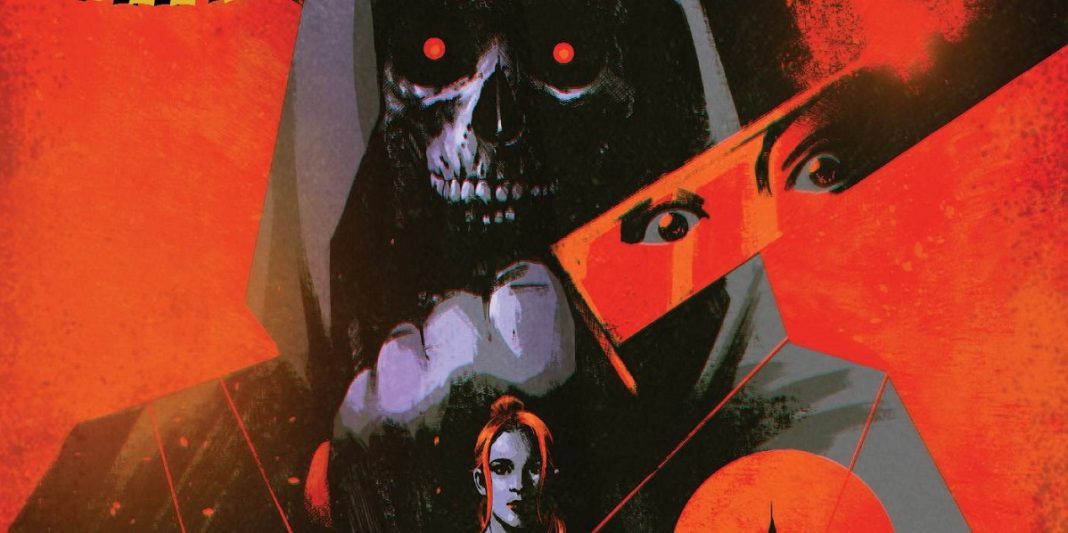
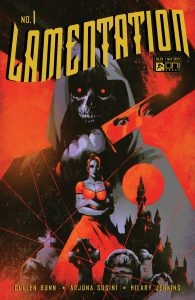
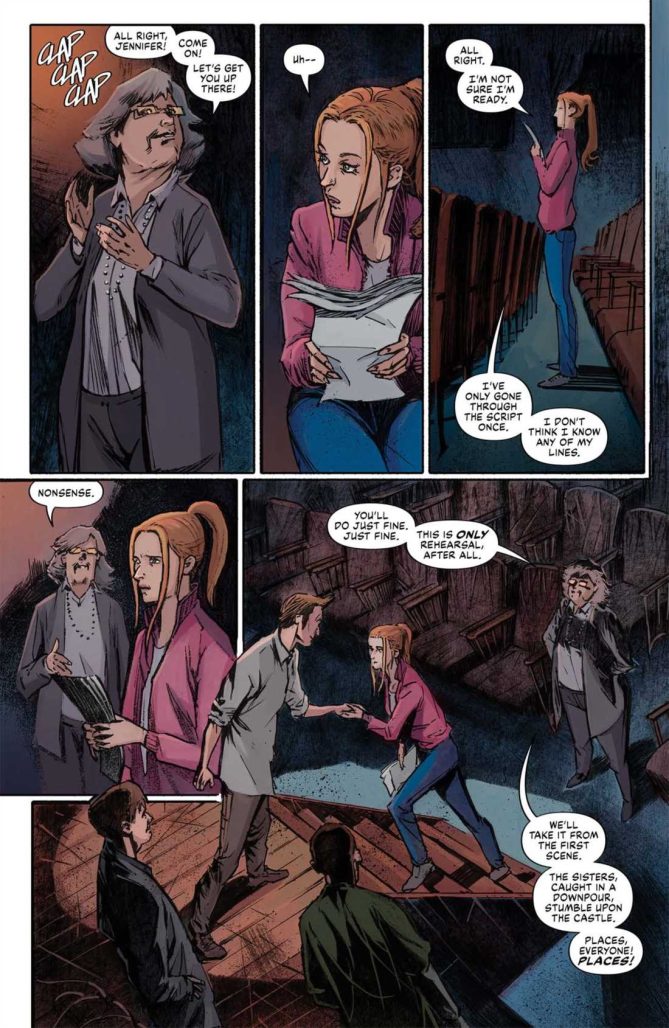
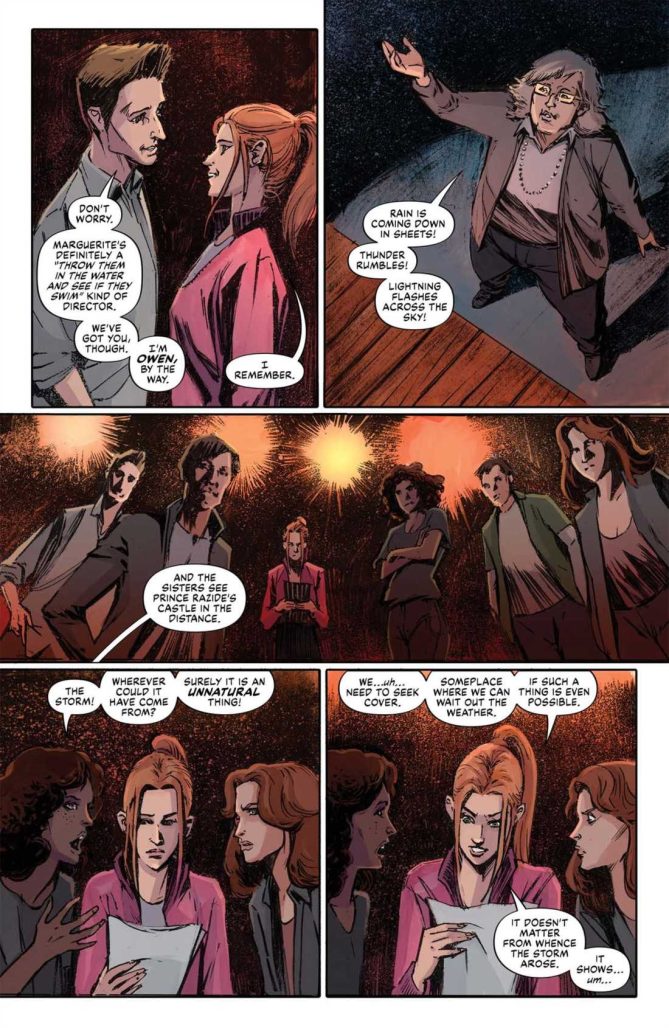
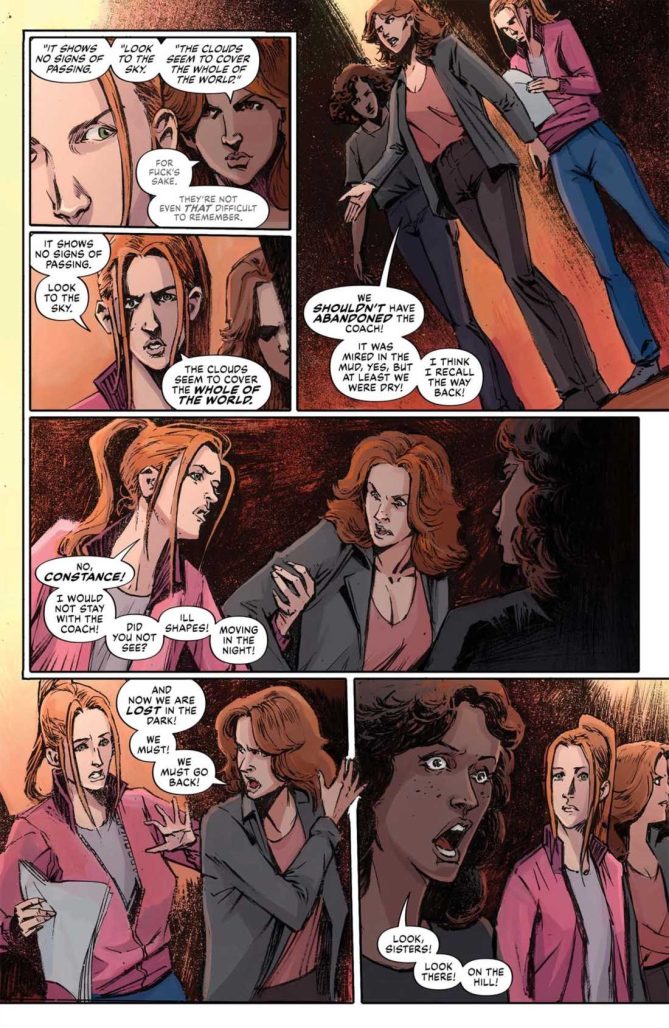

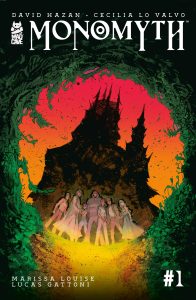
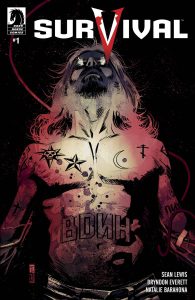
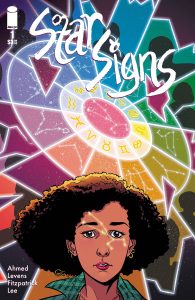
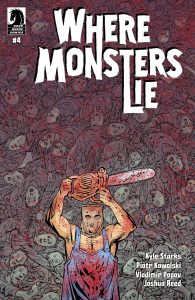
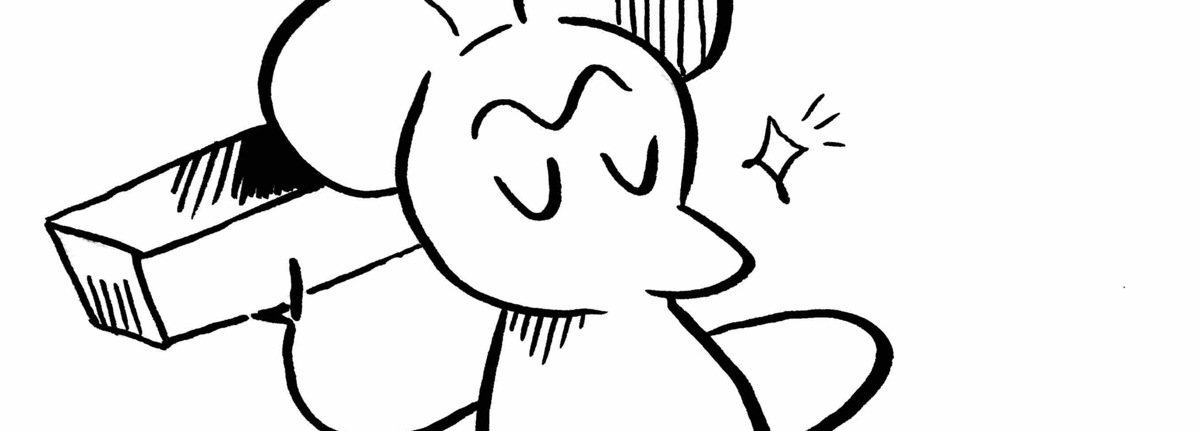




The story has a style that is more about darkness.
Comments are closed.